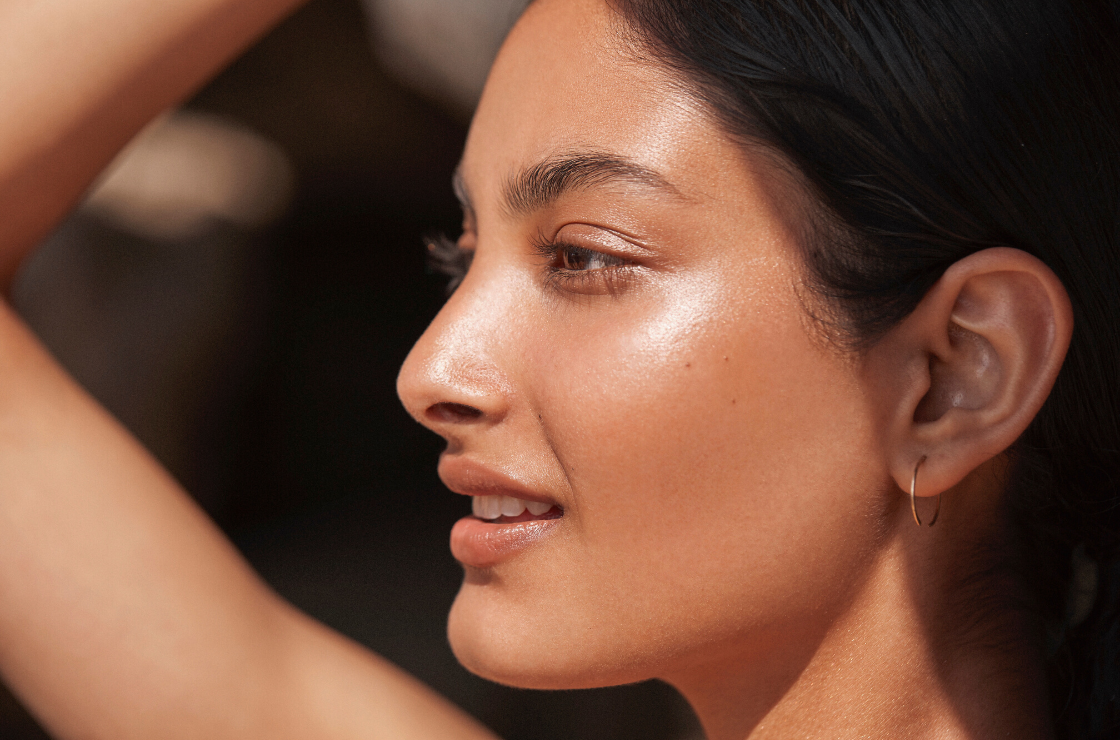
By Carla Oates
While the words “dry “and “dehydrated” are often used interchangeably, when it comes to your skin, they’re two very different things. Here’s what you need to know when it comes to deciphering the difference...
What is Dry Skin?
Heard of cholesterol, ceramides or essential fatty acids? These natural fats are known as lipids and they’re naturally present in your sebum. They help to protect the skin from environmental assault, moisture loss and premature ageing, but they also play a crucial role in maintaining the integrity of the skin’s barrier and supporting the healing process. Dry skin produces less sebum which means it’s likely to be deficient in these complexion-plumping fats.
What is Dehydrated Skin?
While dry skin is a matter of inadequate oil production, dehydration is all about your H20 levels. If you suspect that your skin is dehydrated, it simply means that the water content of your skin (or more specifically, the top layer of your epidermis) is low. More often than not, this is the result of environmental aggressors (think: UV light, air conditioning/heating, hot water) as well as diet and lifestyle factors, including water loss due to exercise.
Signs & Symptoms
Dehydration refers to a skin condition, while dryness refers to a skin type. That being said, it can be hard to differentiate between the two. If you think you might be dealing with a case of dehydration, your skin will feel tight and look a little dull and lacklustre. What’s more, fine lines will likely be more pronounced. Dryness, on the other hand, generally manifests in irritation, itchiness and flaking. Still not sure? Pinch the skin on your lower arm between two fingers. Hold for a few seconds and then release. If the skin takes some time to return to its normal position, rather than snapping back into place, it’s likely that you’re experiencing significant dehydration.
Dealing with Dryness & Dehydration
While topical nourishment is important, moisturising your skin from the inside-out is also key. If it sounds like you’re more dehydrated than dry, be sure to up your intake of water and H2O-rich fruit and vegetables. In winter, eat more water-based soups and stews, as well as bone broth. We’d also suggest introducing HYDRATION into your inner beauty routine, as it contains hydrating ingredients like coconut water, aloe vera and lemon myrtle.
For complexions that are more dry than dehydrated, it’s important to pay close attention to the amount of essential fatty acids (EFAs) you’re consuming. EFAs play a critical role in the appearance of the skin and help to seal in moisture by supporting skin barrier function. Studies show that essential fatty acids such as evening primrose help to reduce inflammation, which is seen in a number of different skin conditions. Get your daily dose by munching on seafood, fatty fish, walnuts and our very own OMEGA ELIXIR, which contains a complex blend of nourishing plant-based omega 3, 6, 7 and 9 to quench your skin from within.
It’s worth noting that it is entirely possible to have skin that’s both dry and dehydrated at the same time. In fact, if your skin’s barrier function is compromised due to a lack of lipids (dry skin), then it’ll be prone to transepidermal water loss (dehydration). Put simply, when your skin isn’t producing enough oil, it will struggle to keep moisture locked in. If that’s the case, best to cover all bases!
Dealing with dry skin? Learn more about the power of essential fatty acids.





